How to Choose the Perfect Modern Executive Desk for Your Home Office Setup
In the evolving landscape of remote work, selecting the right furniture is crucial for creating an efficient home office setup. A modern executive desk not only enhances productivity but also reflects professionalism and personal style. According to a recent report by the Global Workspace Association, 72% of remote employees believe that a well-designed office environment significantly boosts their motivation and performance. Furthermore, the proper desk can alleviate physical strain, with ergonomic designs being linked to improved health outcomes by the American Chiropractic Association. As more professionals transition to home offices, understanding how to choose the perfect modern executive desk becomes essential for fostering an optimal work atmosphere that balances functionality, aesthetics, and ergonomics.
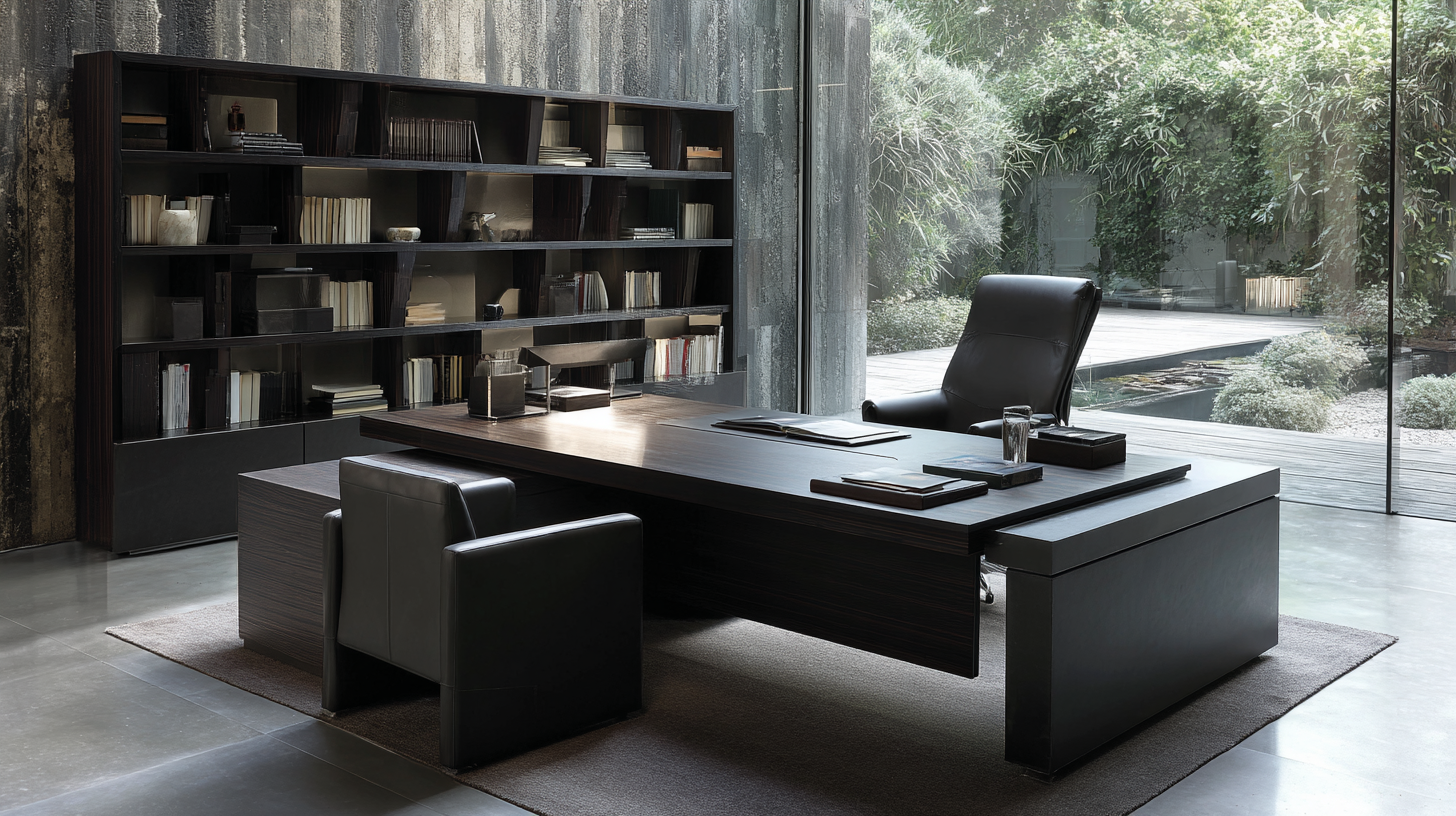
Factors to Consider When Selecting an Executive Desk for Optimal Productivity
When selecting an executive desk for your home office, several factors play a critical role in enhancing your productivity. First, consider the size and layout of your workspace. A desk that fits comfortably within the dimensions of your office will not only provide ample workspace but also allow for easy movement throughout the area. Additionally, think about the height and ergonomics of the desk; an adjustable desk can help reduce strain and promote better posture during long working hours.
Another essential factor is storage. An executive desk with built-in drawers or shelves can help keep your workspace organized and clutter-free. This arrangement not only saves you time when searching for important documents but also contributes to a more focused work environment. Finally, consider the material and design of the desk. A modern aesthetic can enhance your home office's overall appearance and help create a motivating atmosphere, while durable materials ensure longevity and reliability.
Understanding Ergonomics in Desk Design to Enhance Comfort in Your Home Office
When selecting a modern executive desk for your home office, understanding the principles of ergonomics is essential to enhance comfort and productivity. According to the Workspace Wellness report by Future Workplace, 75% of employees reported discomfort at their desks, emphasizing the importance of ergonomic design in reducing strain and increasing focus. A properly designed desk should accommodate the user’s posture, allowing for a neutral wrist position, which can significantly decrease the risk of repetitive strain injuries.
Optimal desk height is crucial; studies by the Occupational Safety and Health Administration (OSHA) recommend that desks be set between 28 to 30 inches in height for average-sized individuals. Additionally, integrating features such as adjustable height settings can cater to different users, enhancing both comfort and functionality. A desk that allows for a standing option can also promote better circulation and energy levels, as seen in research by the International Journal of Environmental Research and Public Health, which found that standing desks can lead to a 15% increase in employee productivity. By prioritizing ergonomic considerations in desk design, you can create a more comfortable and efficient home office environment.
Choosing the Right Materials: Durability and Aesthetics in Modern Desk Options
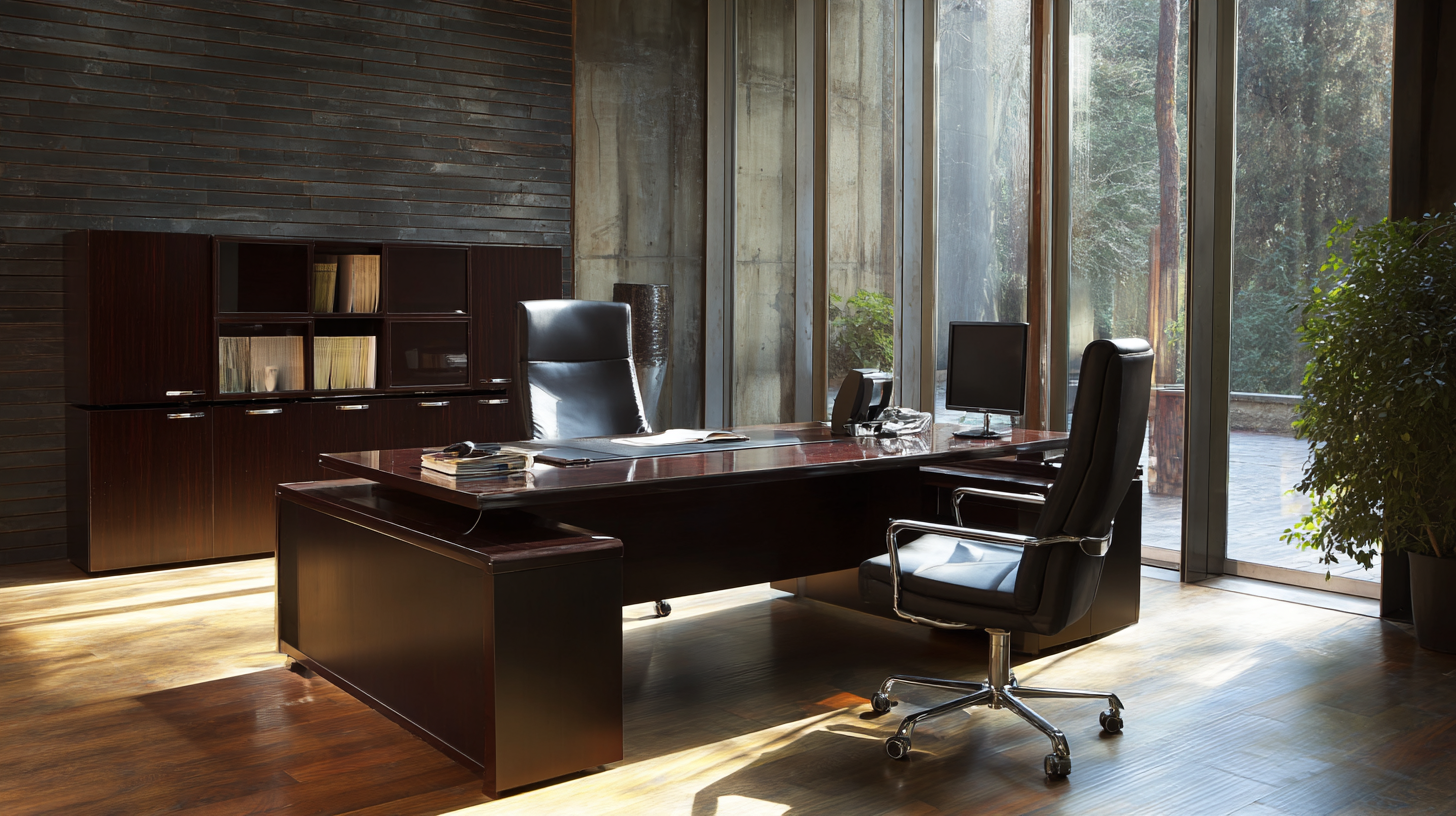 Choosing the right materials for your modern executive desk is essential to achieving both durability and aesthetics in your home office setup. The materials you select can significantly impact the desk’s longevity and the overall ambiance of your workspace. Solid wood, for instance, offers a classic and timeless look while ensuring durability. Its natural variations, grains, and hues add character, making it an appealing option for professionals seeking a warm, inviting atmosphere. Additionally, wood can be treated to resist scratches and stains, enhancing its lifespan.
Choosing the right materials for your modern executive desk is essential to achieving both durability and aesthetics in your home office setup. The materials you select can significantly impact the desk’s longevity and the overall ambiance of your workspace. Solid wood, for instance, offers a classic and timeless look while ensuring durability. Its natural variations, grains, and hues add character, making it an appealing option for professionals seeking a warm, inviting atmosphere. Additionally, wood can be treated to resist scratches and stains, enhancing its lifespan.
On the other hand, metal and glass are popular choices for a more contemporary feel. Metal frames provide exceptional sturdiness and a sleek appearance, perfect for modern minimalism. Glass tabletops, while stylish and light, need careful maintenance to avoid smudges and fingerprints. However, when combined with metal or wood bases, they can create an eye-catching focal point in your office. Ultimately, balancing the aesthetics with the practical aspects of the materials will help you find the perfect desk that meets both your functional needs and design preferences.
Analyzing Space Requirements: How to Maximize Functionality in Your Home Office Setup
When selecting the perfect modern executive desk for your home office, it's essential to analyze your space requirements to maximize functionality. As more individuals transition to remote work, the demand for ergonomic and space-efficient office furniture has surged. Recent market trends indicate that the global furniture market is projected to grow from approximately $80.73 billion in 2025 to an astounding $53.82 billion by 2033, with a steady compound annual growth rate (CAGR) of 5.2%. This growth reflects the increasing importance of creating a conducive workspace that aligns with the evolving needs of modern professionals.
To create a well-optimized home office, consider the scale and layout of your room. For instance, the rising popularity of mini PCs—expected to reach a market size of $12.5 billion by 2032, with a CAGR of 5.54%—demonstrates a shift towards compact workstations that save space while maintaining functionality. Integrating a sleek executive desk design that accommodates such technology can enhance both aesthetics and efficiency, enabling a streamlined work experience. Exploring options that combine form and function will ensure that every inch of your workspace is utilized effectively, fostering productivity in the comfort of your home.
How to Choose the Perfect Modern Executive Desk for Your Home Office Setup
| Desk Type | Dimensions (L x W x H) | Material | Storage Options | Price Range |
|---|---|---|---|---|
| L-Shaped Desk | 60" x 60" x 30" | Wood | 2 Drawers, Open Shelf | $300 - $600 |
| Writing Desk | 48" x 24" x 30" | Metal and Glass | None | $150 - $300 |
| Executive Desk | 72" x 30" x 30" | Solid Wood | 3 Drawers, Cabinet | $800 - $1500 |
| Corner Desk | 54" x 54" x 30" | MDF with Veneer | 1 Drawer | $200 - $400 |
| Sit-Stand Desk | 60" x 30" x 28"-48" | Steel and Laminate | None | $400 - $800 |
Budgeting for Quality: What to Expect in Terms of Cost vs. Features for Executive Desks
When selecting a modern executive desk for your home office, budgeting is crucial to ensure you get quality features that meet your professional needs. According to a report by IBISWorld, the office furniture market is expected to reach $13 billion in revenue by 2025, highlighting the growing demand for well-designed office furniture. As a general guideline, quality executive desks typically range from $500 to $2,500, with the most significant differences arising from materials, craftsmanship, and features like integrated storage or ergonomic designs.
Investing in a higher-priced desk can lead to enhanced productivity and comfort. A 2021 study by the American Society of Interior Designers found that a well-furnished workspace could improve employee satisfaction by up to 25%. Key features to consider include adjustable height settings, durable materials, and thoughtful cable management systems. While you can find desks on the lower end of the budget spectrum, investing in a mid-range or premium desk can provide lasting value and functionality that justifies the cost over time.
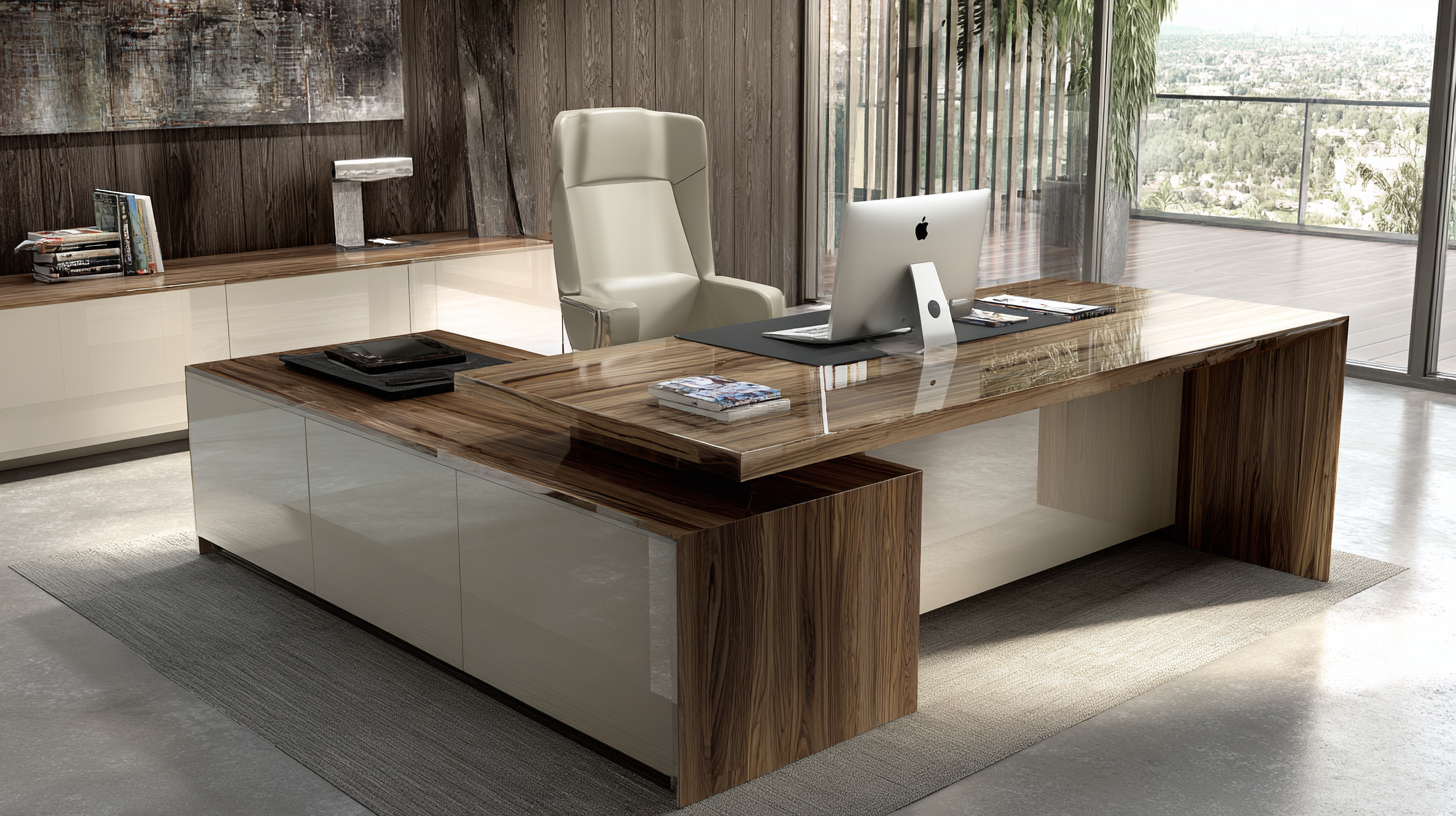
Related Posts
-
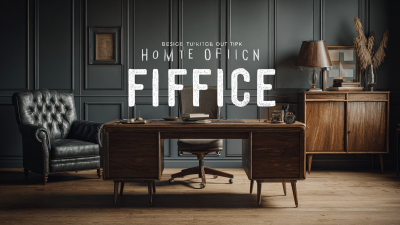
7 Essential Tips for Choosing the Best Home Office Furniture to Boost Productivity
-
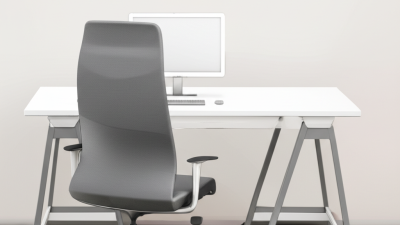
Maximizing Value with Exceptional After Sale Services and Low Maintenance Costs in the Best Office Furniture Stores
-
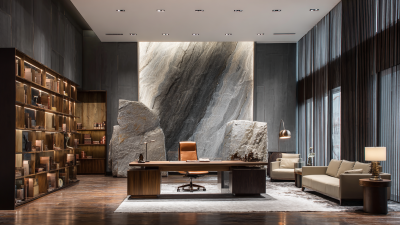
Craftsmanship in China Redefining Excellence in Global Office Furniture Stores
-
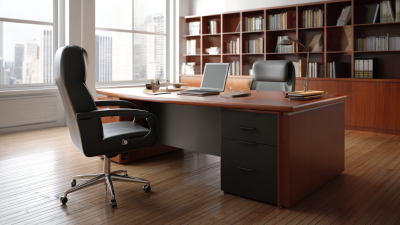
The Ultimate Guide to Choosing the Best Executive Desk for Your Office
-
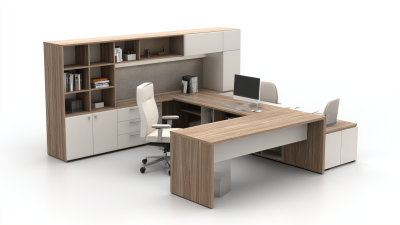
Maximizing Value: The Impact of After-Sales Support on Maintenance Costs for Best Office Furniture Sets
-
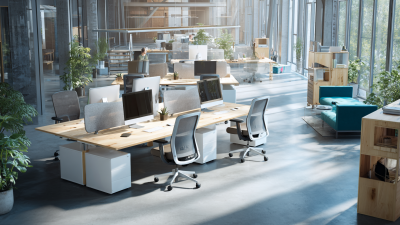
Embracing 2025: How Smart Business Furniture Will Transform Workplace Dynamics and Productivity
